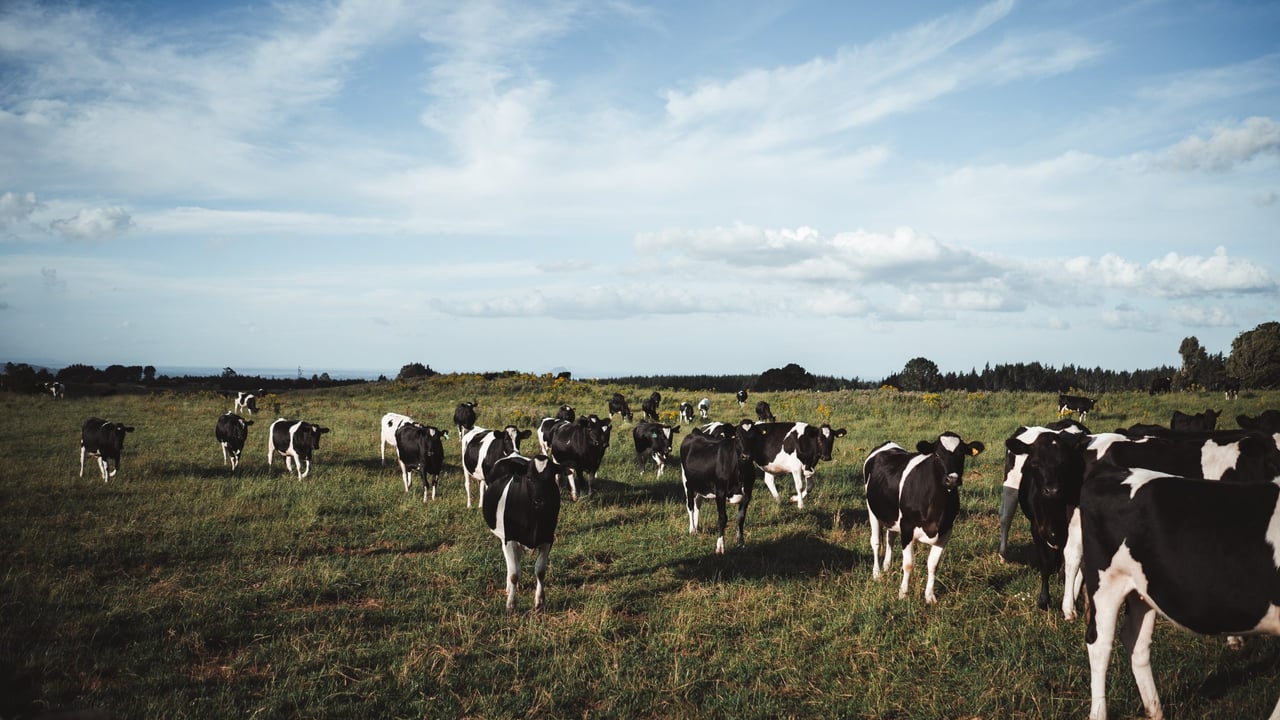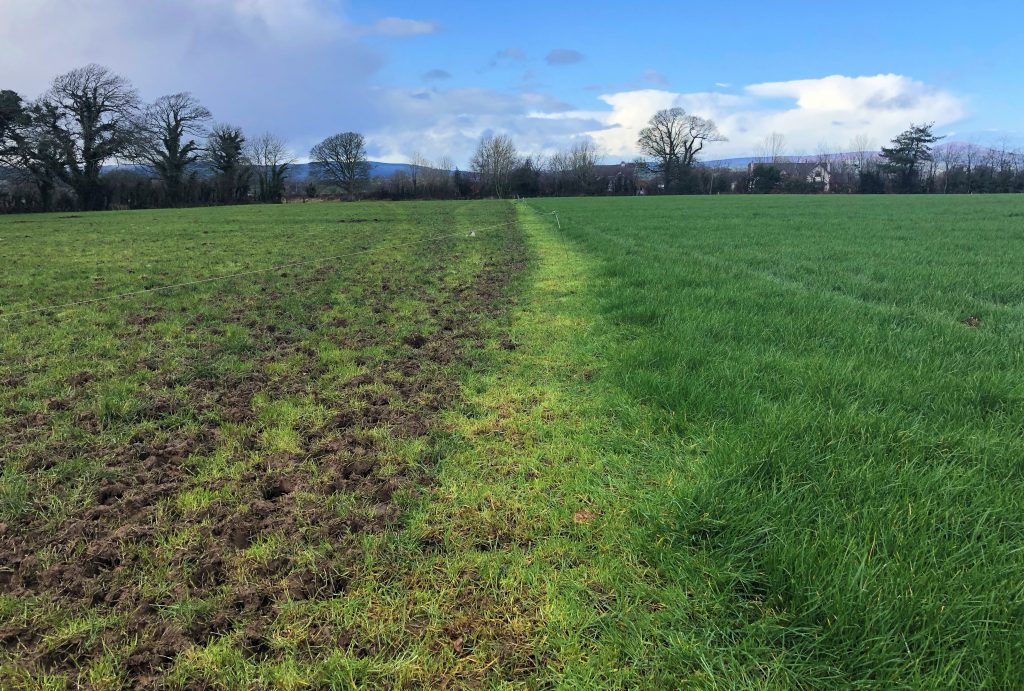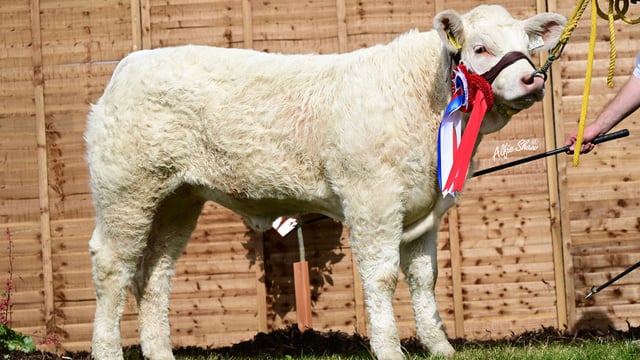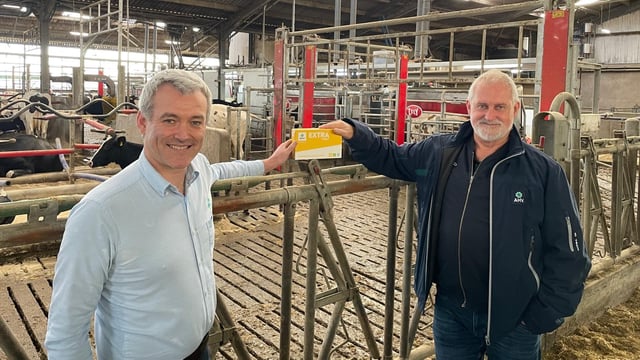Dairy advice: Managing grass with the winter milking herd
Winter milking seems to be on the rise again, with over 8% of Irish dairy farmers currently in the midst of calving.
However, winter milking poses a whole different set of challenges to those associated with spring calving, with grass availability being one of the biggest problems.
Grass is the basis of most dairy herds' diets, acting as a far cheaper and superior feed source in comparison to silage or total mixed ration (TMR).
Therefore, managing grass swards for the winter milking herd is a critical management practice needed in hopes to maximise margins in an already costly system.
Extended grazing season
Extending the grazing season to try and reach the cusp of the herds' peak milk performance (40-60 days post-calving) is key to improved production levels.
Each day into the autumn a farmer can extend the season is said to be worth more than €1.80/cow/day.
However, it can be a dangerous game, with farmers who extend too far not achieving the right balance and having poor grass growth in spring when winter milking cows reach their 'second peak'.
It is also important to not let the rotations run too long in the build-up, as freshly calved cows can struggle to get an adequate intake with heavy autumn covers (greater than 1,800kg DM/ha).
With the correct management and a bit of luck from the weather, farmers may be able to achieve grazing 15% crude protein pastures into late November, (peak milk performance for September and early October calvers).
Some areas of the country may find this physically impossible due to land conditions and weather patterns in their area.
However, it may be achievable to get cows out for an hour or two in the morning after milking (cows eat roughly 5-6kg in first 2.5 hours after milking)
Closing the platform
By the first of November, if farmers are in the position to still be grazing, they should start to consider buffer feeding with silage or other sources of fodder.
Approximately 75% of the grazing platform should be closed in the first week of November, as a herd should be well and truly be in the final stages of their last rotation.
Remember that autumn grazing should not be overly strict, farmers must be flexible, working with the conditions to meet the needs of their herd relative to the availability and access to grass on the farm.
Farmers are reminded that while growth is typically out of their control and dependent on the weather, they can control the demand for grass.
A good way of sticking to correct allocations is strip grazing, aiming for a graze-out level of 4-4.5cm.
However, farmers must remain conscious to not overly damage ground, as spring grass is more valuable than autumn grass especially when the winter herd hits their second peak.
For example, some farms may need to use spur roads if constantly letting the herd in and out of one field, and ensure there are adequate troughs to prevent severe poaching.
Farmers should be closing out the farm towards the end of November (weather permitting), aiming for an average farm cover of 650 kg DM/ha.






